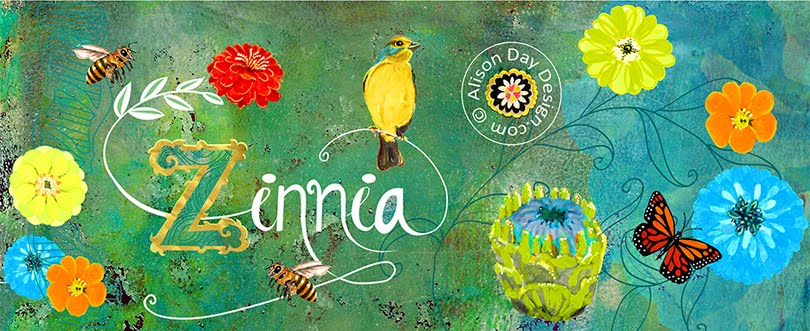Converging on the neighbourhood centre in Vinkhuizen at the same time, Lydia was instantly recognizable from her website photo; short blond hair tied up in pigtails framing an enthusiastic and friendly face. She led me inside and upstairs to her tiny studio, small, but with perfect light throughout from the large windows at either end. Long white curtains hung from each window and each sported a large knot, as if a reminder of some future task.
Whilst Lydia made coffee I had time to look around. A large white horse galloped full force towards me in her current work, which stood pride of place on an easel in the centre of the room. The walls were lined with canvases and prints, while those just back from being lent out, rested against each other waiting to be freed from their protective bubble wrap. The subjects were an eclectic mix of Mediterranean scenes, people, Vespa’s and animals, particularly enormous depictions of cows. As with her website, an obvious love of colour was plain to see. The large Ikea bookcase intrigued me, as it was not only filled with the obvious, but with paintbrushes in pots, pencils in a wicker basket, egg boxes nestled inside each other and magazines, all neatly organized and knowing their place; an artist’s paradise. A large green cactus and an orchid, sitting proudly side by side, topped this all off.
Lydia returns with not only coffee and water, but the tray has two delicious looking muffins filled with chocolate chips. We settle down to chat, and she tells me that after her initial artistic study, she came to be in Italy through a scholarship for a year studying at the academy in Genoa. After the year she stayed on and found herself involved in the twice-yearly children’s art projects held by the museum. All the while she was busy with her own work, which a gallery kindly exhibited and sold for her. She resided in a small vacation spot called Drentino, where she lived with her then Italian boyfriend, and although she decided to return to Groningen permanently in 2003, she still divides her time between the two countries, remaining involved with the museum in Italy and being inspired by the landscape and the people for her work. She finds it important, in her words, “You must do what you’re good in…”
An ongoing experiment is with colour, as well as how the canvas is used for the subject matter. The former, colour, is something she has actually studied, and I asked her how she came upon such a creative diversity of colours, often using colours for objects that aren’t realistic, but somehow work in her paintings. She says that by using a colour wheel she experiments with how colours, complimentary colours and their opposing colours relate to each other and hereby reaches her desired effect. For example, when what we know as a blue sky is painted orange: “…then you come into a new world,” she says. The dividing up of the canvas, can sometimes cause quite a mental block in artists, but Lydia uses a combination of the Golden Ratio, plus lines that cut up the landscape or emanate from it and are stretched from the central subject, for example a Vespa, when it is added to the landscape.
Although a realist, she will often, add something quirky to her main subject, like a small coloured diamante stone in the centre of an animal’s eye, or a bee will be painted into the corner of the picture. In another, the bubbles of flying fish mutate into balloons as they float across the painting, but this alchemy doesn’t look out of place, it fits!
I then ask her, if money was no object, if she had a dream or if there were anything she would like to realize. A refreshingly original reply comes back that she is already doing it, hopes to be able to continue for a long time; all she needs is, time.
If you would like to follow a painting course given by Lydia, she gives regular classes at the Kunstcentrum in Groningen. She also has a new venture: Lydia’s Children’s Studio, starting up 7 September 2011, as well as doing rather fantastic pet portraits! (See flyer)
First published in the Connections magazine #32 Summer 2011
Read & download issue here
























